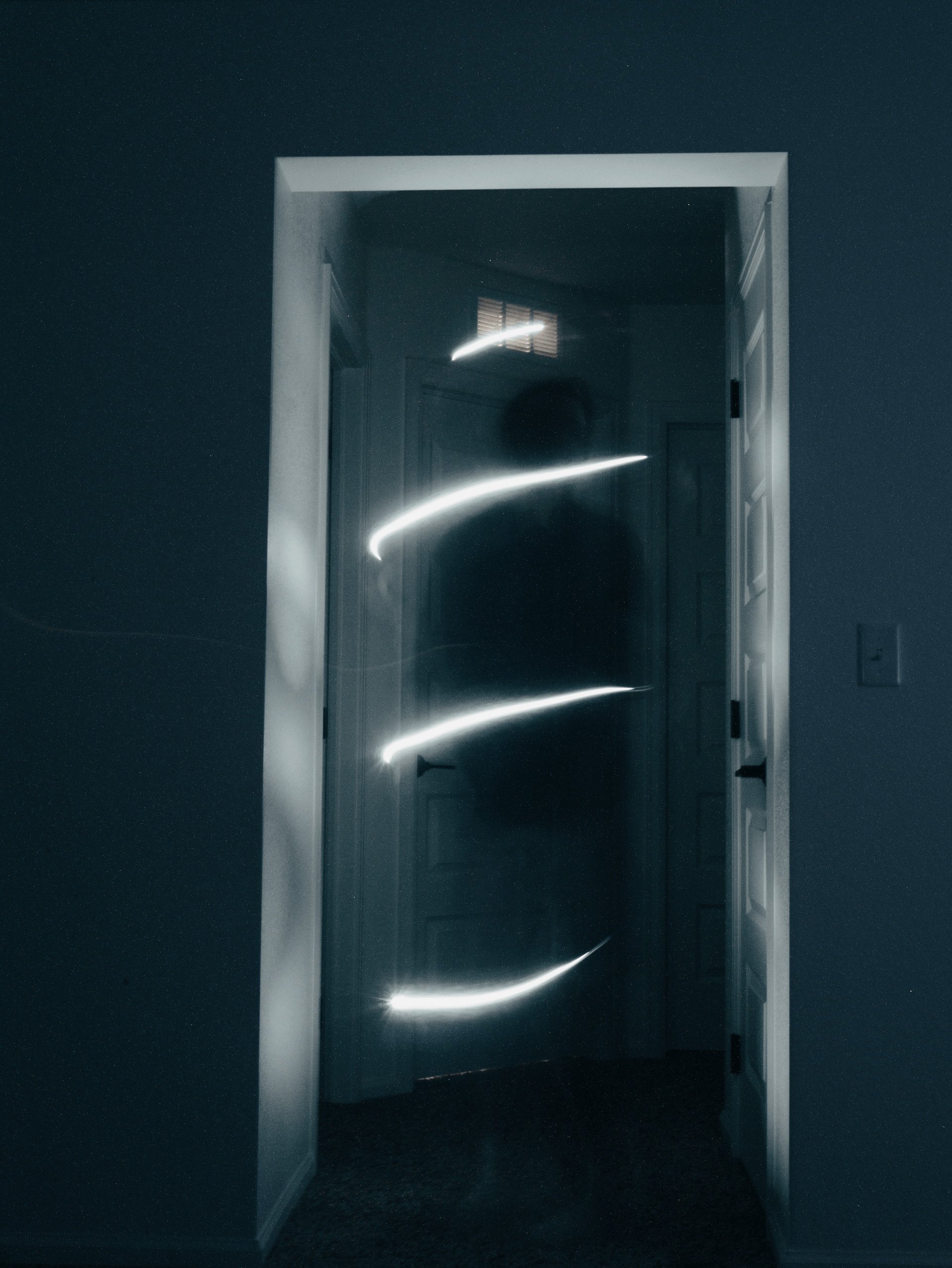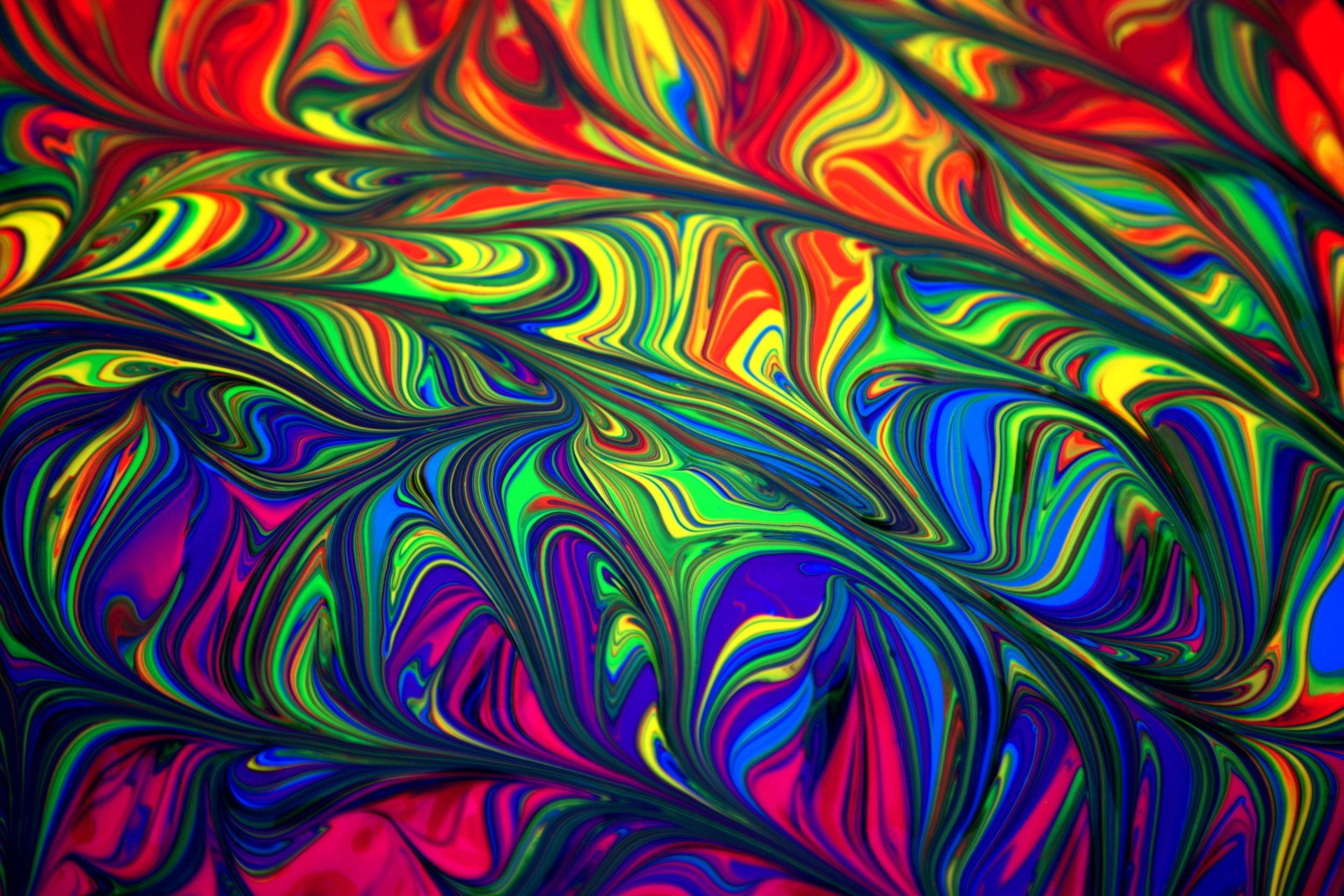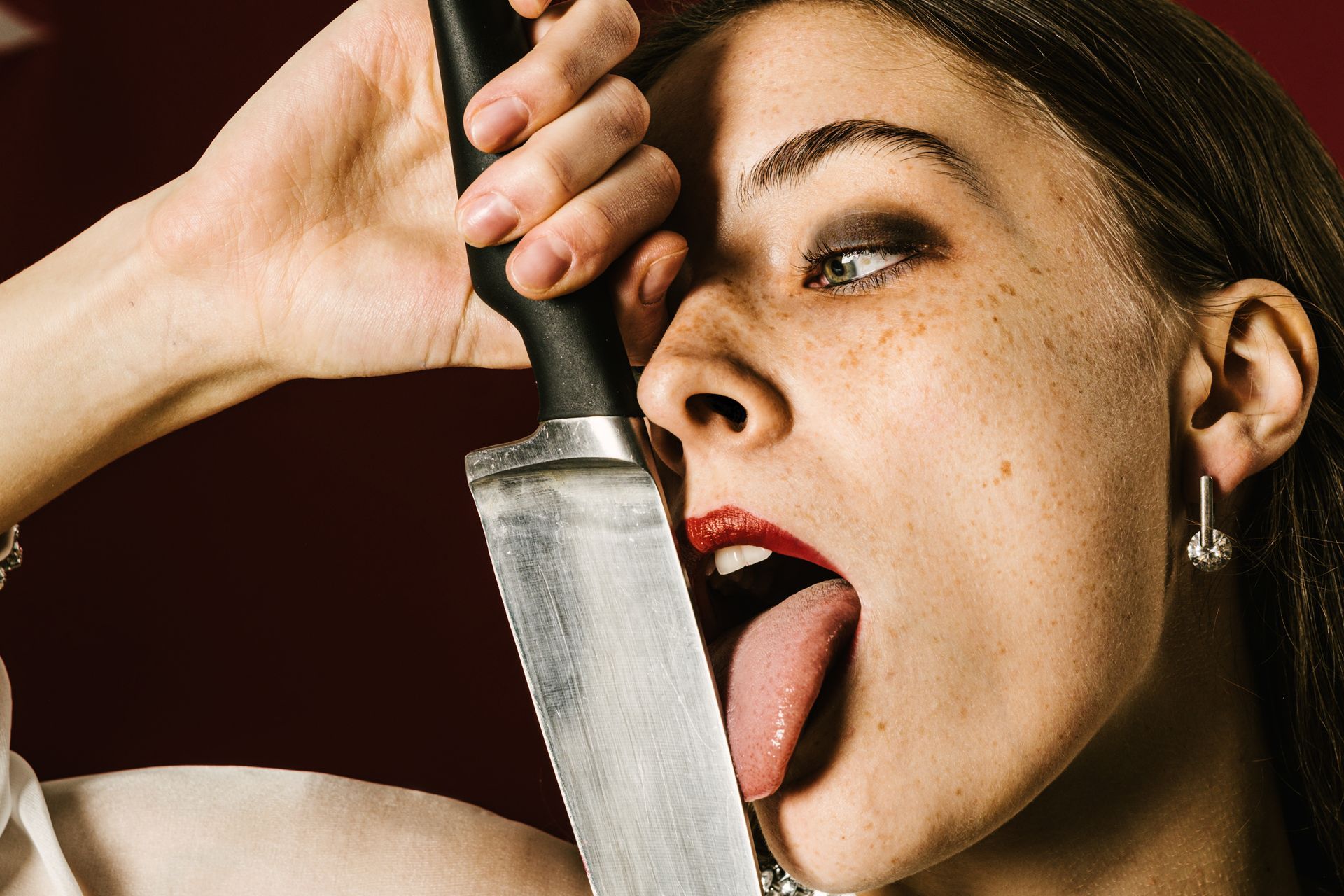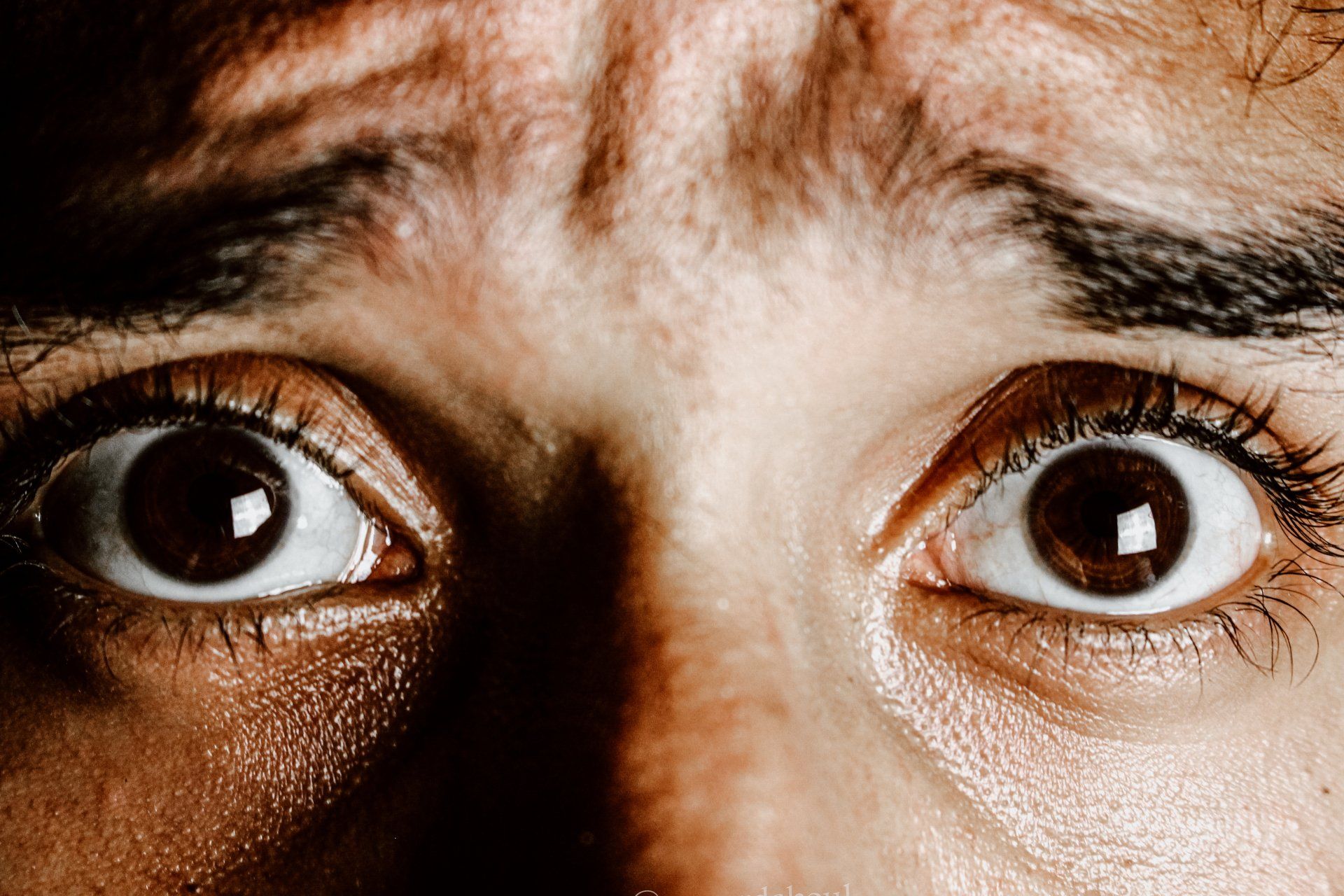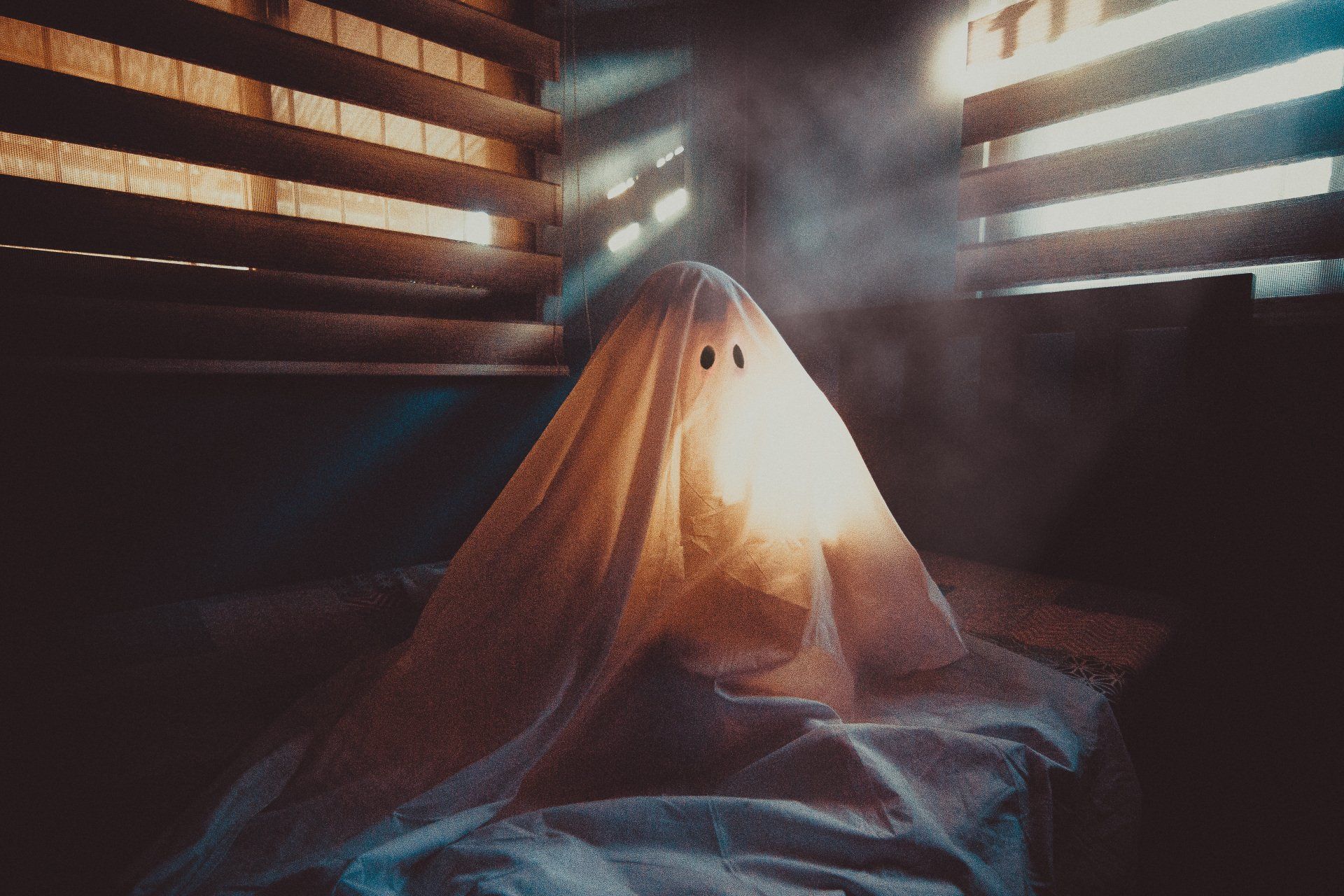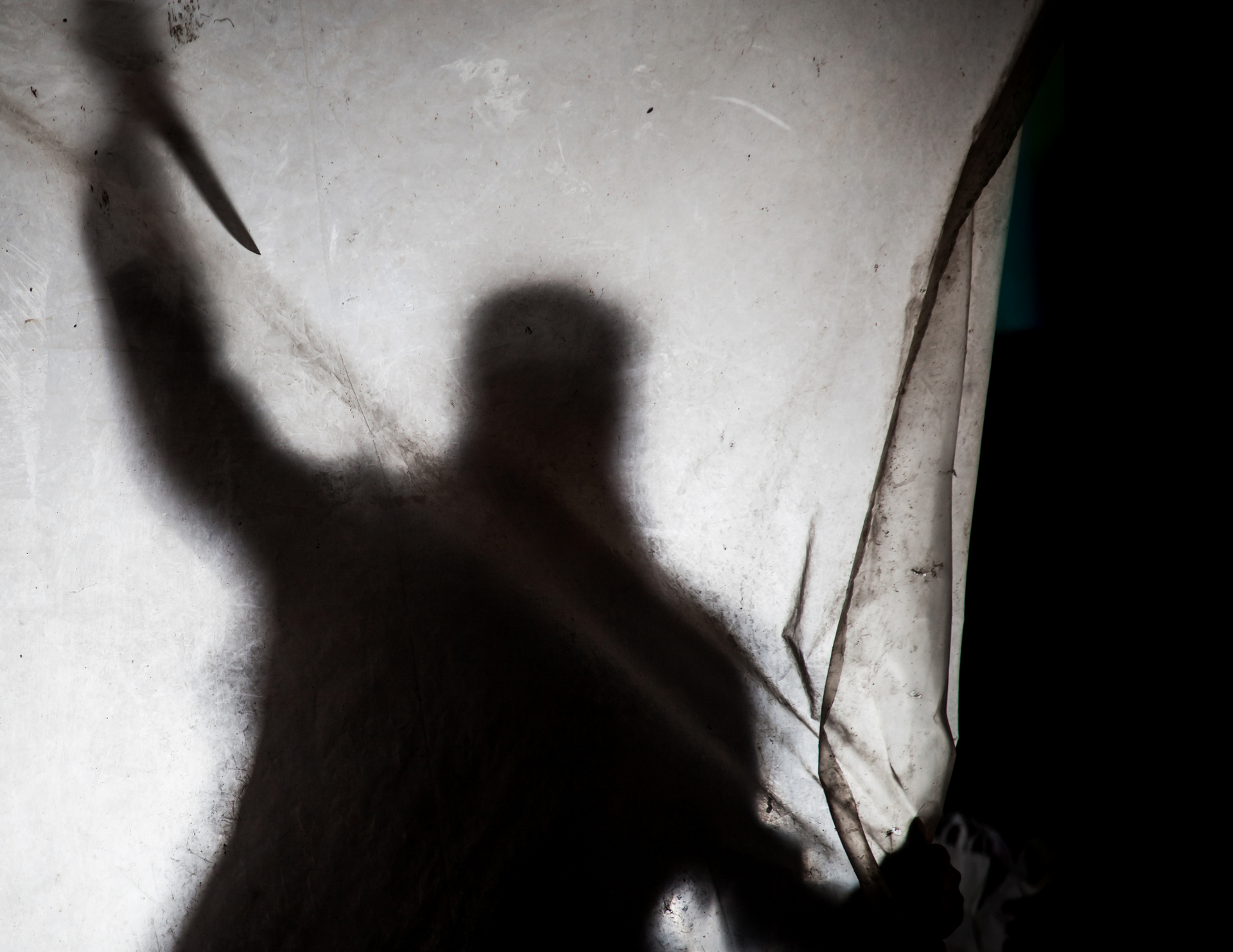Ghosts in Pop Culture: Unraveling the Enduring Fascination with the Paranormal

Classic Horror Films that Popularized Ghost Stories
In the early days of film, when black and white reels first flickered to life, there emerged a captivating genre that continues to grip audiences to this day - horror movies. These iconic films, such as "Nosferatu" and "Psycho," etched their names into the annals of cinematic history, paving the way for the immense appeal that the horror genre holds in our hearts.
Among the myriad of terrifying tales, it was the ghost-centric films that truly captured the imaginations of viewers, plunging them headfirst into the spine-chilling realm of haunted houses and sinister apparitions. One such film, "The Haunting," released in 1963, shattered the boundaries of what was deemed possible in the horror genre. Directed by Robert Wise, this masterpiece transported viewers into the depths of Hill House, a place where terror lurked behind every corner and the line between reality and nightmare blurred.
Decades later, in 1982, another film would solidify the enduring fascination with haunted houses - "Poltergeist." Directed by Tobe Hooper, this spine-tingling tale took audiences on a journey through the terrifying consequences of disturbing the spirits that occupied a seemingly idyllic suburban home. From the iconic scene of Carol Anne communicating with the other side through the static-filled television screen to the suspenseful climax in the spectral realm, "Poltergeist" cemented its status as a classic in the horror genre.
These ghostly films, with their atmospheric storytelling and bone-chilling visuals, served as the cornerstone for the haunted house subgenre of horror. They set the stage for countless films to come, each attempting to capture the same level of fright and unease that "The Haunting" and "Poltergeist" effortlessly conjured. From blockbuster hits to indie gems, the allure of the haunted house narrative continues to captivate audiences, proving that the appeal of ghost-centric horror is far from waning.
As the years go by, the legacy of these films remains firmly intact, forever entwined with the fabric of cinematic history. They serve as a testament to the power of storytelling, the thrill of the unknown, and the enduring fascination with the supernatural. So, let us marvel at the pioneering works of "The Haunting" and "Poltergeist," for it is through their chilling tales that we find ourselves willingly stepping into the darkness, ready to experience the spine-chilling delights that the haunted house genre has to offer.
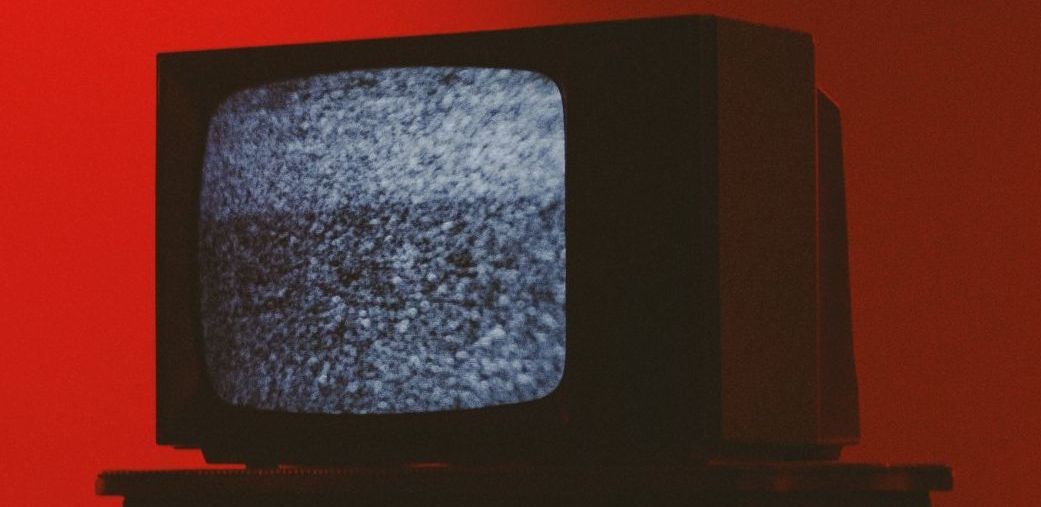
Modern Ghost-Themed Movies and Their Impact
The portrayal of ghosts in movies has undoubtedly evolved in parallel with the tremendous technological advancements that have transformed the film industry. Over the years, filmmakers have harnessed the power of these advancements to create spine-chilling experiences for audiences, leaving an indelible mark on the ghost genre. Two prominent examples that showcase this evolution are the films "The Conjuring" (2013) and "Insidious" (2010), which have revolutionized the way ghosts are presented onscreen.
"The Conjuring" and "Insidious" have both captivated audiences worldwide with their ability to deliver terrifying jump scares and intricate storytelling. These films have seamlessly integrated cutting-edge visual effects, sound design, and cinematography to create a truly immersive experience that heightens the fear factor. The use of advanced computer-generated imagery (CGI) has enabled filmmakers to bring ghosts to life in a more convincing and realistic manner, enhancing the overall sense of dread and terror.
Furthermore, the storytelling techniques employed in these movies have elevated the ghost genre to new heights. Gone are the days of predictable and formulaic ghost stories. Instead, "The Conjuring" and "Insidious" have introduced complex narratives that delve into the origins and motivations of the supernatural entities haunting their protagonists. These films skillfully weave together suspense, mystery, and psychological horror, keeping audiences on the edge of their seats throughout the entire viewing experience.
The impact of "The Conjuring" and "Insidious" on contemporary horror cannot be overstated. These movies have not only reinvigorated the ghost genre but have also inspired countless filmmakers to push the boundaries of what is possible in terms of capturing the essence of fear onscreen. The success of these films has led to a surge in ghost-themed movies, each attempting to replicate the same level of intensity and innovation that made "The Conjuring" and "Insidious" so memorable.
Iconic TV Shows Centered Around the Paranormal and Hauntings
The world of the supernatural and haunted phenomena has experienced a remarkable surge in popularity on the small screen, with a plethora of captivating television shows that revolve around these intriguing subjects. Among the most notable and beloved series in this genre are the widely acclaimed "Ghost Hunters" and the long-running phenomenon that is "Supernatural." These iconic shows have managed to effortlessly capture the imaginations of viewers worldwide, with their enthralling narratives and spine-chilling investigations that delve into the unknown.
"Ghost Hunters," a groundbreaking program that first aired in 2004, introduced audiences to a group of dedicated paranormal investigators who embarked on daring missions to uncover the truth behind haunted locations. Week after week, viewers were treated to a rollercoaster of emotions as the team meticulously documented their encounters with spirits, using cutting-edge technology and their own intuition. The show's success not only catapulted the careers of its hosts, but it also ignited a widespread fascination with the supernatural, encouraging countless individuals to explore the mysteries of the beyond.
Meanwhile, "Supernatural," a supernatural drama series that premiered in 2005 and ran for an impressive fifteen seasons, took the genre to new heights with its gripping storyline and compelling characters. The show followed the thrilling adventures of brothers Sam and Dean Winchester, who traveled across the country in their iconic black Chevy Impala, battling supernatural creatures and investigating paranormal phenomena. As the series progressed, it delved deeper into ancient folklore, ancient prophecies, and epic battles between good and evil, captivating audiences with its rich mythology and intricate storytelling.
Both "Ghost Hunters" and "Supernatural" have played an instrumental role in transforming ghost hunting and the exploration of the supernatural into a mainstream fascination. These shows have not only entertained viewers with their thrilling narratives but have also inspired a new generation of paranormal enthusiasts. From ghost hunting equipment and conventions to online communities dedicated to discussing haunted phenomena, the influence of these series can be felt far and wide.
Haunting Literature and Ghostly Fiction
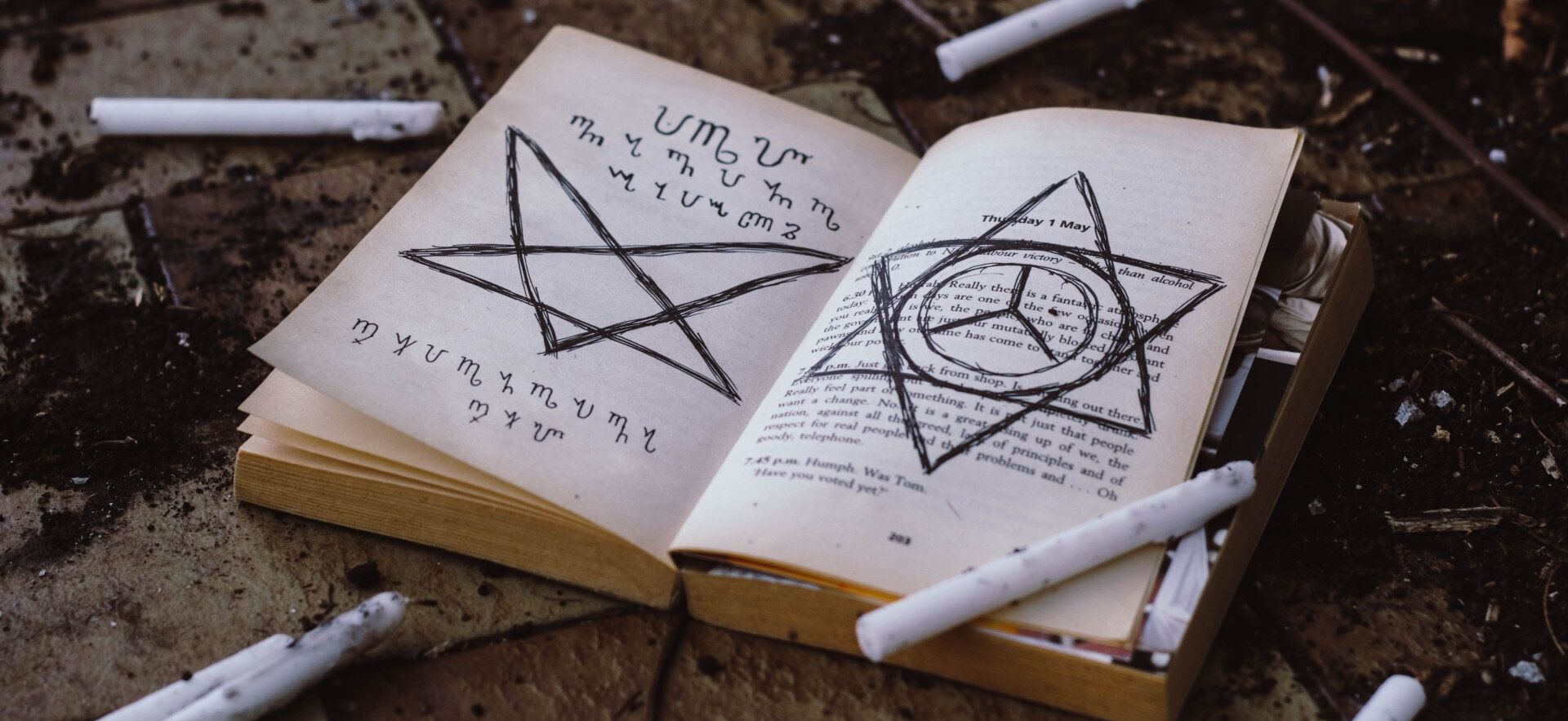
The Roots of Ghost Stories in Literature Through the Ages
The rich and captivating tradition of recounting spine-chilling ghost stories has transcended the boundaries of time, stretching back centuries to ancient civilizations, where narratives about ethereal apparitions and restless spirits were woven into the very fabric of human existence. These age-old tales, steeped in mystery and intrigue, have served as the fundamental foundation for the creation of contemporary eerie fiction, captivating the imaginations of generations throughout history.
From the masterpieces penned by the iconic William Shakespeare, whose words continue to resonate with a haunting allure, to the spellbinding allure of gothic literature, the enduring power of ghost stories has proven itself to be an immortal force that defies the passage of time. These tales, passed down from one generation to the next, carry within them the echoes of the past, the whispers of those long gone, and the shivers that run down one's spine in the presence of the unknown.
Within the gossamer threads of these narratives lie the secrets of the human condition, exploring the realms of the supernatural and the inexplicable, while simultaneously delving into the depths of our own fears and desires. They are cautionary tales, warning us of the consequences of meddling with forces beyond our comprehension and reminding us of the fragility of our mortal existence.
Ghost stories have become a cherished part of our cultural heritage, inviting us into a world where the boundaries between the living and the dead blur, where the ethereal and the corporeal intertwine. They offer us a glimpse into the enigmatic realm that exists beyond the confines of our everyday reality, where the spectral and the tangible coexist in an intricate dance of shadows and echoes.
In the hallowed halls of literature, these ghostly tales have left an indelible mark, seeping into our collective consciousness and shaping the very essence of storytelling itself. They have become the building blocks upon which countless authors have crafted their own haunting narratives, each adding their own unique twist to the age-old tradition.
Famous Authors and Their Contributions to Ghostly Fiction
Notable authors such as Edgar Allan Poe, M.R. James, and Shirley Jackson have gifted the world with haunting tales that transcend time. Their literary contributions to the genre have inspired generations of readers and writers alike. Edgar Allan Poe, known for his macabre and atmospheric storytelling, has left an indelible mark on the world of horror literature. From his iconic poem "The Raven" to his chilling short stories like "The Tell-Tale Heart" and "The Fall of the House of Usher," Poe's work continues to captivate audiences with its psychological depth and haunting imagery. M.R. James, on the other hand, is hailed as the master of the ghost story. His collection of tales, including "Oh, Whistle, and I'll Come to You, My Lad" and "Casting the Runes," are filled with supernatural entities and eerie atmospheres that continue to thrill readers to this day. Shirley Jackson, the author of the iconic novel "The Haunting of Hill House," has also made a significant impact on the horror genre. Her ability to create a sense of creeping dread and her exploration of psychological terror have cemented her as one of the most influential horror writers of her time. These three authors, each with their unique styles and contributions, have shaped and defined the horror genre, leaving an enduring legacy that continues to inspire and captivate readers and writers alike. Their haunting tales, filled with suspense, mystery, and terror, have stood the test of time, ensuring their place in literary history.
The Progression of Ghost Narratives in Present-Day Literature
Within the vast and ever-evolving realm of modern literature, the genre of spectral tales has experienced a truly remarkable and awe-inspiring transformation, embracing and encompassing an extensive and wide-ranging spectrum of motifs, themes, and artistic approaches. Accomplished and highly revered authors, who have proven their exceptional talent and mastery of the craft, such as the legendary Stephen King and the visionary Neil Gaiman, have deftly and skillfully interwoven the ethereal and otherworldly elements of the supernatural into their storytelling, captivating and enchanting readers with their hauntingly imaginative, thought-provoking, and profoundly resonant narratives that linger in the mind long after the final pages have been turned.
Ghosts in Music and Art
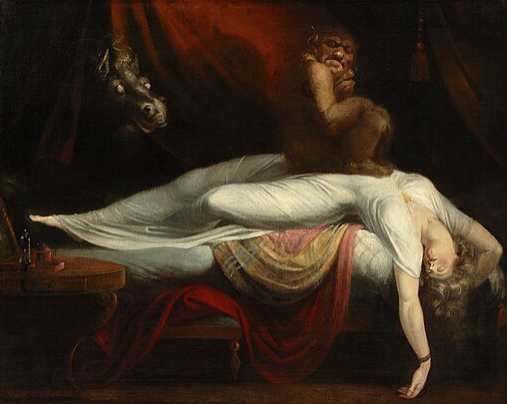
The Nightmare by Henry Fuseli (1781)
The Portrayal of Ghosts and Spirits in Visual Art
The depiction of ghosts and spirits in visual arts has always captivated painters and artists throughout the ages. From the Renaissance to the modern era, these ethereal beings have continued to inspire and intrigue creative minds. Renowned masterpieces such as Henry Fuseli's "The Nightmare" and Edvard Munch's iconic "The Scream" stand as testaments to the enduring fascination with ghosts and their profound symbolism.
Henry Fuseli's "The Nightmare" is a haunting portrayal of a ghostly figure perched atop a sleeping woman. The painting's eerie atmosphere and the ghost's menacing gaze evoke a sense of fear and unease. Fuseli's masterpiece not only showcases his technical prowess as an artist, but it also delves into the depths of the human psyche. The ghost in "The Nightmare" symbolizes the hidden fears and anxieties that lie dormant in the subconscious mind, ready to emerge in our dreams.
Similarly, Edvard Munch's "The Scream" is an iconic representation of the torment and anguish experienced by the human spirit. The ghost-like figure in the painting, with its distorted features and open-mouthed scream, resonates deeply with viewers. Munch's use of vibrant colors and expressive brushstrokes further intensifies the emotional impact of the artwork. The ghost in "The Scream" serves as a powerful symbol of existential dread, capturing the universal human experience of despair and isolation.
Beyond these celebrated masterpieces, ghosts have continually found their place in the realm of visual arts. From ancient cave paintings depicting ethereal spirits to contemporary works of art exploring the paranormal, the allure of ghosts remains strong. Artists are drawn to the enigmatic nature of these apparitions, using them as a means to delve into the unknown and convey complex emotions.
Haunting Melodies and Spectral Themes in Music
The world of music is absolutely no stranger to the enchantment of spirits, as captivating melodies and ethereal themes create an eerie ambiance that transports listeners to otherworldly realms. From the hauntingly beautiful strains of timeless classical pieces such as Mussorgsky's "Night on Bald Mountain," where the spirits of the night come alive with a symphony of darkness and intrigue, to the modern sensations like Michael Jackson's iconic "Thriller," where the King of Pop effortlessly weaves together a tapestry of suspense and supernatural allure, music has wholeheartedly embraced this mystical and haunting aesthetic.
In the realm of classical music, composers have long been fascinated with the otherworldly and have sought to capture the essence of the ethereal in their compositions. Take, for example, Claude Debussy's "Clair de Lune," a piece that transports us to a moonlit dreamscape where shimmering harmonies and delicate melodies evoke a sense of otherworldly beauty. Similarly, in Pyotr Ilyich Tchaikovsky's "Swan Lake," the graceful and haunting theme of the swan, with its melancholic undertones, enchants audiences and immerses them in a world where reality and fantasy intertwine.
Moving into the realm of popular music, we find artists who have embraced the hauntingly beautiful aesthetic and created songs that resonate with audiences on a deep and emotional level. An artist like Lana Del Rey, for instance, with her dreamy and atmospheric soundscapes, transports listeners to a hazy and mysterious world where love, loss, and longing intertwine. Each note and lyric in her songs, such as "Summertime Sadness" or "Video Games," is carefully crafted to evoke a sense of melancholy and ethereal enchantment.
Even in the world of film scores, composers have used music to enhance the eerie ambiance of supernatural and fantastical stories. The haunting theme of John Williams' "Hedwig's Theme" in the Harry Potter film series instantly transports us to the enchanting world of wizards and magic, while Hans Zimmer's haunting melodies in the "Pirates of the Caribbean" films evoke the sense of adventure and mystery that comes with sailing the high seas.
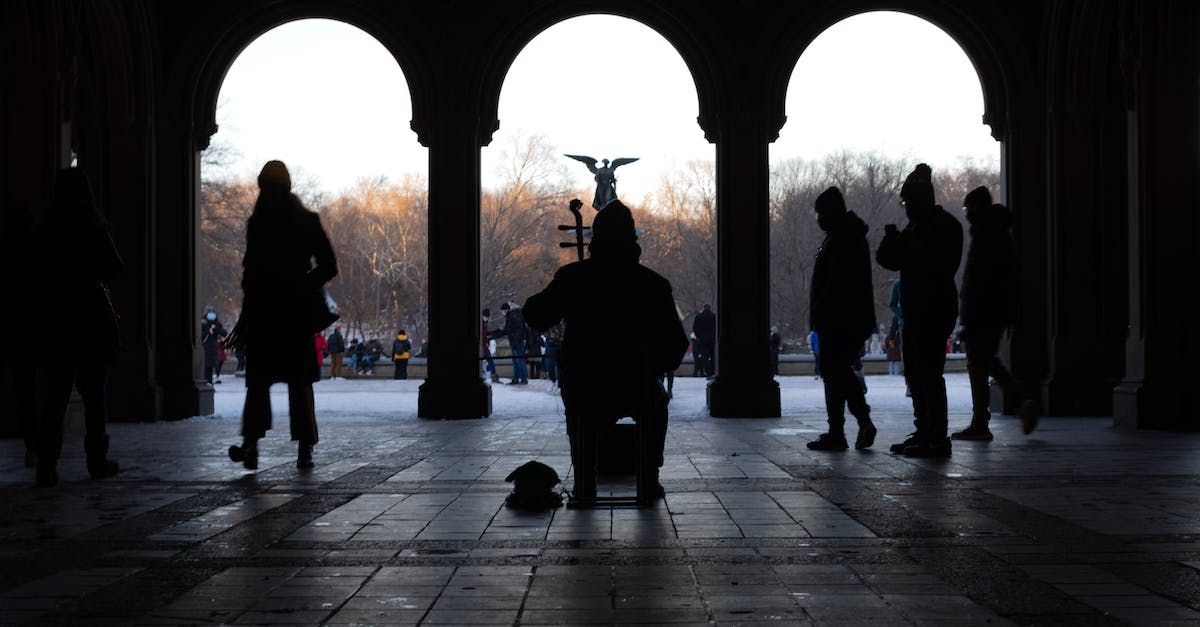
Ghosts in pop culture have transcended time and continue to captivate audiences worldwide. From classic horror films to contemporary video games and online communities, the allure of the paranormal remains unwavering. Ghost stories offer a powerful reflection of our collective beliefs, fears, and desires, providing a window into the human psyche's depths. As we continue to explore the spectral realm in literature, art, music, and media, we embrace the enduring fascination with ghostly encounters that will undoubtedly haunt us for generations to come. So, dim the lights, prepare for goosebumps, and immerse yourself in the ghostly tales that have left an indelible mark on pop culture.
